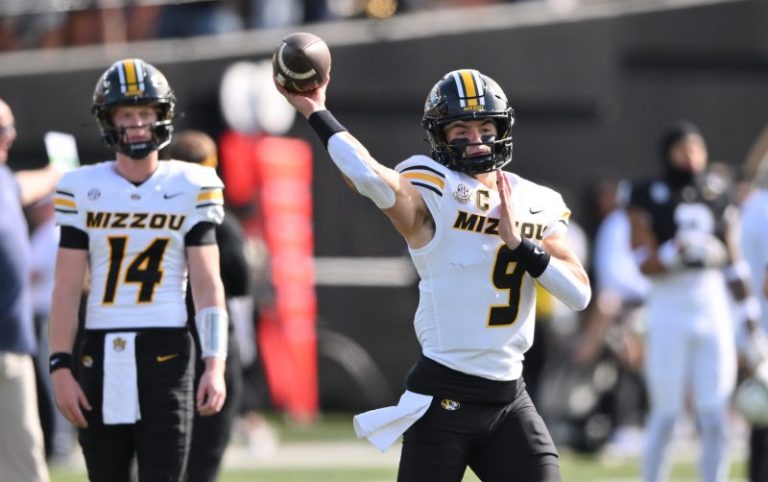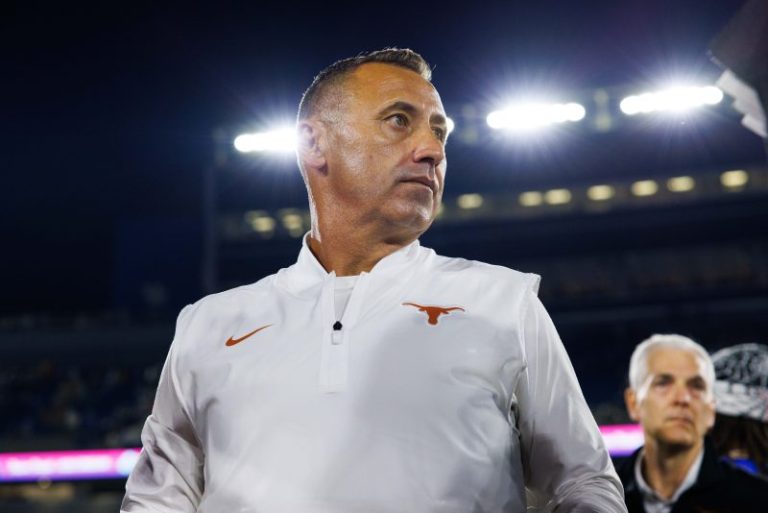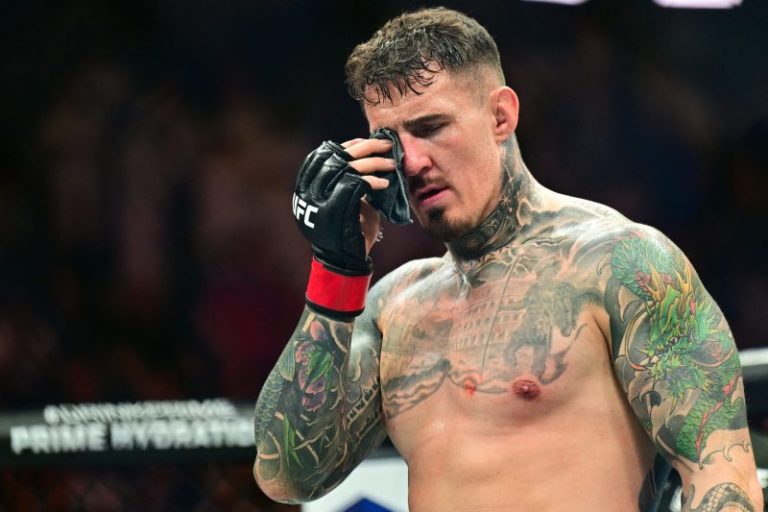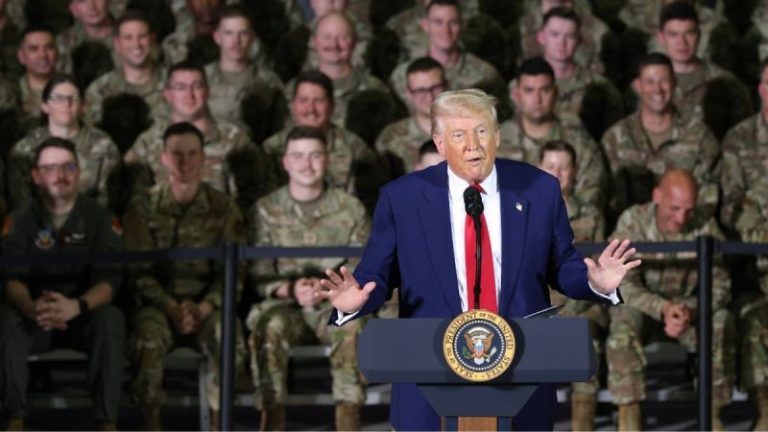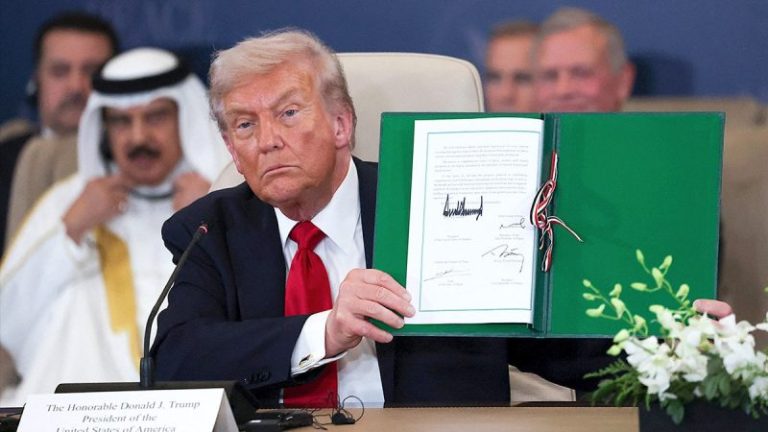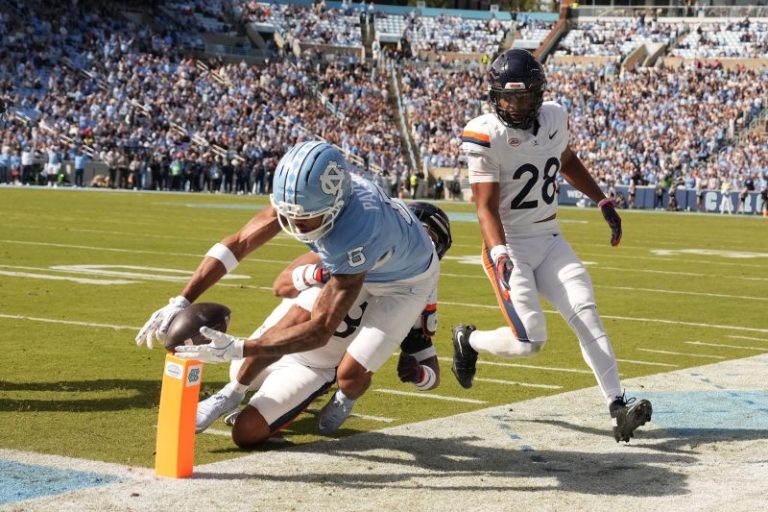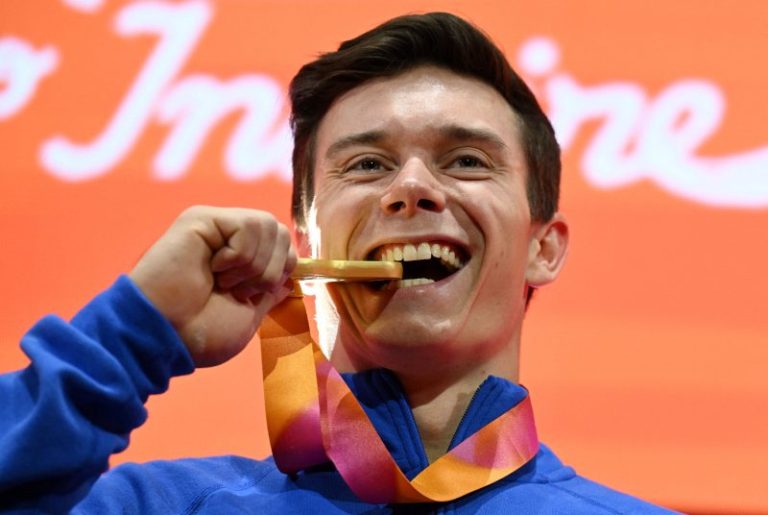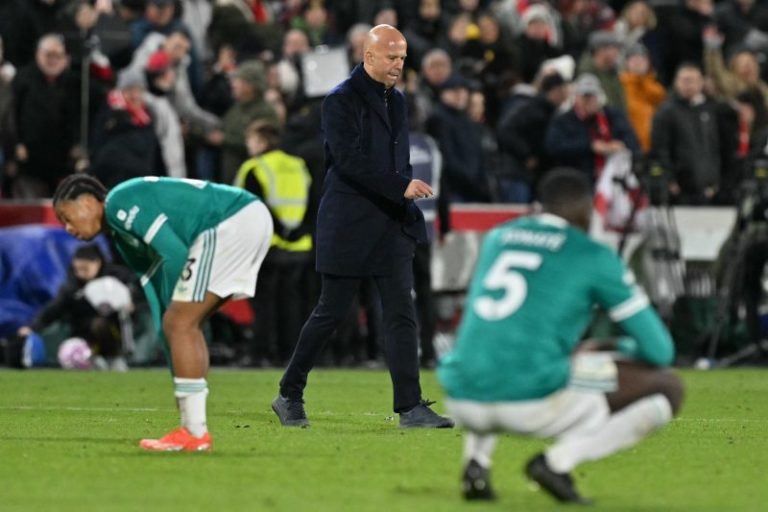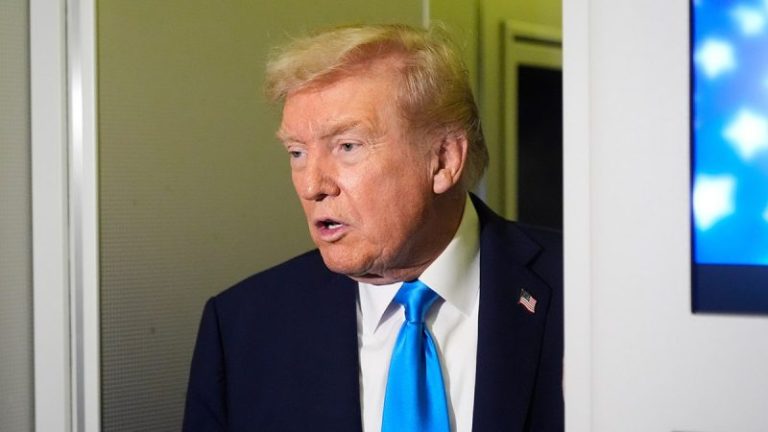Tom Aspinall and Ciryl Gane were set for a heavyweight fight in the Octagon in UFC 321. In the end, it was no contest.
Aspinall, the 32-year-old from England, finished off his past three opponents in 60 seconds, 69 seconds and 73 seconds – by knockout. And, with Jon Jones having relinquished the heavyweight title, Aspinall is the division’s reigning champion.
It’d been a decade since his last defeat and he rightfully was the heavy favorite against Gane. Aspinall had spent the last 15 months preparing for this fight, but it went a way no one expected.
The fight in total lasted less than five minutes with no clear winner. It was ruled no contest after an eye poke from Gane on Aspinall meant the reigning champion couldn’t see.
USA TODAY Sports has everything you need to know from UFC 321, including results, highlights and analysis:
Tom Aspinall vs. Ciryl Gane fight stopped due to eye injury
Gane showed off the speed early on in Round 1. He quickly landed hits to Aspinall, including one that bloodied the defending champion’s nose, and leg kicks as well. Gane poked Aspinall’s eye in the final minute of the round and that led to a time out.
After multiple minutes to pause, Aspinall maintained that the he could not see out of his right eye. Referee Jason Herzog ended the fight after four minutes and 36 seconds and it was declared no contest.
The crowd at at Etihad Arena booed that decision to end the title fight.
‘Guys, I just got f—— poked knuckle-deep in the eyeball, what the f—?’ Aspinall said to the crowd. ‘Why are you booing? What am I supposed to do about it? I can’t see.’
UFC 321 main card and results
Champ Tom Aspinall vs. Ciryl Gane: Heavyweight title (Ruled no contest – eye)
Mackenzie Dern def. Virna Jandiroba: Women’s strawweight title
Umar Nurmagomedov def. Mario Bautista by UD: Bantamweight
Alexander Volkov def. Jailton Almeida by SD: Heavyweight
Azamat Murzakanov def. Aleksandar Rakic by TKO: Light Heavyweight
UFC 321: Time, PPV, streaming for Aspinall vs Gane
The highly fight between Tom Aspinall and Ciryl Gane will take place on Saturday, Oct. 25 and can be purchased on ESPN+ PPV.
Date: Saturday, Oct. 25
Location: Etihad Arena (Abu Dhabi, United Arab Emirates)
Prelims card start time: 10 a.m. ET
Prelims card TV: FX; Prelims stream: ESPN+, Disney+
Main card start time: 2 p.m. ET
Main card stream: ESPN+ PPV
Catch UFC action with an ESPN+ subscription
Mackenzie Dern wins strawweight title over Jandiroba
The two fighters traded leg kicks to open Round 1 and each connected on multiple kicks. Dern took the upper hand by the end of the round with multiple big strikes and knees to close the first frame. She continued her striking in Round 2 and landed a big right hand strike to Jandiroba, whose right eye took some of the impact. Jandiroba took top control but wasn’t able to make the most of it.
Jandiroba had top control again for much of Round 3 but wasn’t able to do much with it again as Dern landed blows from her back. The two traded hits to open Round 4 and Dern ended up on the ground. She made it back up and earned a take down in the latter part of the round. Dern followed it with a big hit early in Round 5 and was on the offensive for the entire round to close the title bout.
Dern takes the title by unanimous decision 48-47, 48-47, 49-46.
Nurmagomedov wins over Bautista by unanimous decision
Bautista got Nurmagomedov stuck in a toe hold early in the first round but Nurmagomedov managed to change the angle enough to get out of it. He took control and the two exchanged blows throughout Round 1. Bautista landed a big knee to Nurmagomedov to open Round 2. Nurmagomedov bounced back again and hit many strikes to close out the round.
Bautista appeared to have a cut ear in Round 3 and Nurmagomedov controlled things at the ground. Nurmagomedov took the win by unanimous decision 30-27, 30-27, 30-27 thanks to his recovery in multiple spots and regaining the upper hand.
Volkov takes win over Almeida by split decision
The two heavyweights kept things close throughout. Volkov bounced back from an early takedown to finish Round 1 well. Round 2 looked more in Almeida’s favor in a round without a lot of action. That continued in Round 3 but Volkov got enough blows landed with his knees to make the difference. Volkov wins it 29-28, 28-29, 29-28.
Murzakanov drops Rakic early with TKO
With a minute and change left in the first round, Murzakanov, sizing up Rakic, throws a deft right that catches and we are done with the first fight nearly as soon as the main card starts.
Quillan Salkilld caps UFC 321 prelims with knockout
Quillan Salkilld delivered a devastating head kick to Nasrat Haqparast to win by KO in the final match of the prelim card at UFC 321. The main card is scheduled to start around 2 p.m. ET.
UFC 321 fight results: Prelims
Latest fights and results:
Women’s Strawweight: Mizuki Inoue defeats Jaqueline Amorim by unanimous decision (30-27, 30-27, 29-28).
Flyweight: Mitch Raposo defeats Azat Maksum by unanimous decision (30-26, 29-27, 29-27).
Heavyweight: Hamdy Abdelwahab defeats Chris Barnett by unanimous decision (29-26, 29-27, 29-27).
Featherweight: Nathaniel Wood defeats Jose Miguel Delgado by unanimous decision (29-28, 29-28, 29-29).
Heavyweight: Valter Walker defeats Louie Sutherland by submission in Round 1 (1:24).
Lightweight: Ludovit Kleindefeats Mateusz Rebecki by majority decision (29-28, 28-27, 28-28).
Middleweight: Ikram Aliskerovdefeats JunYong Park by unanimous decision (30-27, 30-27, 30-27).
Lightweight: Quillan Salkilld defeats Nasrat Haqparast by KO in Round 1 (2:30).
Ludovit Klein suffers broken ankle
Ludovit Klein earned a thrilling and bloody three-round majority decision against Mateusz Rebecki at UFC 321, but the 30-year-old Slovak fighter suffered a broken ankle during the third round. Klein was announced as the winner while sitting on a stool in the center of the octagon. He was stretched back to the locker room afterward.
UFC 321: Aspinall vs Gane predictions
MMA Junkie: Alexander Volkov makes prediction that can go either way
Farah Hannoun writes on behalf of Alexander Volkov predictions: ‘It depends how the fight starts, how both of them will be prepared for this fight. I saw that Gane will be motivated a lot for this fight to get the belt. It’s 50-50, but on paper, when I fought both of them, Tom Aspinall looks better. But in the fight, it could go any way.’
ESPN: Tom Aspinall
Brett Okamoto and Ian Parker write: ‘Aspinall will defend his heavyweight belt after a 15-month layoff and will do so against the No. 1 contender in Gane. On the feet, this is a 50-50 fight with Gane being the more technical kickboxer while Aspinall is the more explosive athlete with knockout power. The difference will be Aspinall’s grappling and jiu-jitsu. Gane was submitted by Jon Jones in Round 1 in March 2023, so it wouldn’t shock me if Aspinall takes that same path. Go with Aspinall to win inside the distance, and if you are feeling greedy, take him to win by submission.’
BetMGM: Aspinall via TKO/KO
Anatoly Pimentel writes: ‘I predict a TKO/KO finish for Aspinall within two rounds because of the one-punch knockout power that he has. Additionally, he has the killer instinct to finish his opponents, which is evident in his TKO/KO rate of 100%. Once the lethal right-hand punch of Aspinall lands, it significantly compromises the opposition. He’s also very accurate with his offense and does a good job of closing the distance with caution without overextending.’
Boxing News: Aspinall
Staff writes: ‘I think Tom Aspinall blitzes straight through Ciryl Gane to be quite honest,” the Australian MMA superstar said on his YouTube channel. “Whether it’s a takedown or even with the strikes. Unless you catch him [Aspinall] coming in, he’s bulldozing you. You need to try and catch Aspinall coming in and I just can’t see that happening. “It’s going to be a win for Tom Aspinall . I think he’s a heavy favorite.”
UFC 321 odds: Aspinall vs Gane fight
Odds via BetMGM as of Thursday.
Champ Tom Aspinall (-375) vs. Ciryl Gane (+290): Heavyweight title
UFC 321 odds: Aspinall vs Gane fight card
Fight card according to ESPN: Odds via BetMGM.
(Odds as of Saturday)
Champ Tom Aspinall (-425) vs. Ciryl Gane (+310): Heavyweight title
Virna Jandiroba (+125) vs. Mackenzie Dern (-150): Women’s strawweight title
Umar Nurmagomedov (-700) vs. Mario Bautista (+475): Bantamweight
Alexander Volkov (+150) vs. Jailton Almeida (-185): Heavyweight
Aleksandar Rakic (-115) vs. Azamat Murzakanov (-105): Light Heavyweight
Nasrat Haqparast (+100) vs. Quillan Salkilld (-120): Lightweight
Ikram Aliskerov (-210) vs. JunYong Park (+170): Middleweight
Abdul-Kareem Al-Selwady (-110) vs. Matheus Camilo (+110): Lightweight
Ludovit Klein (-135) vs. Mateusz Rebecki (+110): Lightweight
Valter Walker (-400) vs. Louie Sutherland (+310): Heavyweight
Nathaniel Wood (+125) vs. Jose Miguel Delgado (-155): Featherweight
Hamdy Abdelwahab (-550) vs. Chris Barnett (+400): Heavyweight
Azat Maksum (-550) vs. Mitch Raposo (+400): Flyweight
Jaqueline Amorim (-450) vs. Mizuki Inoue (+340): Women’s Strawweight
UFC 321 Abu Dhabi preliminary and main card start times
UFC gets an earlier start than usual. Here are your start times.
Prelims: 10 a.m. ET (FX, ESPN+, Disney+)
Main card: 2 p.m. ET (PPV on ESPN+)
UFC 320: Aspinall vs Gane full card
Fight card according to ESPN: Odds via BetMGM.
Main Card:
Champ Tom Aspinall vs. Ciryl Gane: Heavyweight title
Virna Jandiroba vs. Mackenzie Dern: Women’s strawweight title
Umar Nurmagomedovvs. Mario Bautista: Bantamweight
Alexander Volkov vs. Jailton Almeida: Heavyweight
Aleksandar Rakic vs. Azamat Murzakanov: Light Heavyweight
Prelims
Nasrat Haqparast vs. Quillan Salkilld: Lightweight
Ikram Aliskerovvs. JunYong Park: Middleweight
Abdul-Kareem Al-Selwady vs. Matheus Camilo: Lightweight
Ludovit Kleinvs. Mateusz Rebecki: Lightweight
Valter Walker vs. Louie Sutherland: Heavyweight
Nathaniel Wood vs. Jose Miguel Delgado: Featherweight
Hamdy Abdelwahab vs. Chris Barnett: Heavyweight
Azat Maksum vs. Mitch Raposo: Flyweight
Jaqueline Amorim vs. Mizuki Inoue: Women’s Strawweight
Ring walk time for Aspinall vs Gane main event
The Tom Aspinall vs. Ciryl Gane UFC 321 fight card consists of 12 fights and will begin at 12 p.m. ET on Saturday, Oct. 25, 2025. The main card for the Aspinall-Gane fight is expected to be around 2 p.m. ET. However, the duration of the undercard will impact when Aspinall and Gane actually start, which is estimated to be at about 4:30 p.m. ET. — Elizabeth Flores
This post appeared first on USA TODAY

